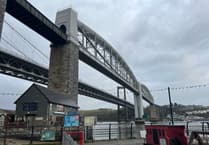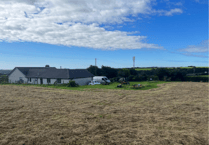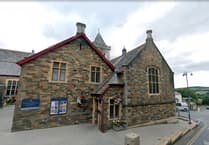CORMAC Solutions has submitted a planning application seeking permission for development in Launceston it says ‘will meet the demand for road construction and improvements projects in Cornwall for the next 25 years’.
The planning application for erection and use of an asphalt plant at Bangors Recycling Depot, Pennygillam, was prepared by CORMAC’s aggregates and recycling business division.
Documents submitted to the council state: “The development will meet the demand for road construction and improvements projects in Cornwall for the next 25 years as well as the current highways maintenance termed contract.
“The proposed development at Bangors will enable the aggregates and recycling division to produce asphalt mixes in the east of the county, avoiding sole reliance on the operation at Penzance and improving efficiency by offering a product closer to its point of use.”
If approved, the development would include offices, a weighbridge, lorry park, storage bays, a workshop and dust/sand barn. CORMAC also want to create a new site entrance from Bangors Road and to close the current entrance at Quarry Lane, engineer a new level across the south and east of the site via the import of primary aggregates to provide an ergonomic design for site operations and to avoid erecting buildings on the historic landfill, and landscape new embankments appropriate to the ecological context, and create new woodland through in-filling of Quarry Lane with waste soil under an exemption.
Bangors Quarry is situated adjacent to the Suez Household Waste Recycling Centre (HWRC) and waste transfer station for Launceston.
In the mid to late 1990s the east and south east part of the site became a waste transfer station (WTS) and what is now known as a Household Waste Recycling Centre (HWRC). The facilities closed during 2012 and were transferred to the adjacent site on the Pennygillam Estate.
Currently, CORMAC uses the site at Bangors Quarry to accept, sort and process soils, stone and road planings from its own operations in the locality.
In its application, CORMAC described the history of the application site, saying the Bangors site is a former stone quarry operated under a disposal license for municipal landfill until the early 1990s. The quarry was known as Bangor Cornish Quarry and is shown on historic maps as voids in the west as far back as 1884 but probably quarried before then.



